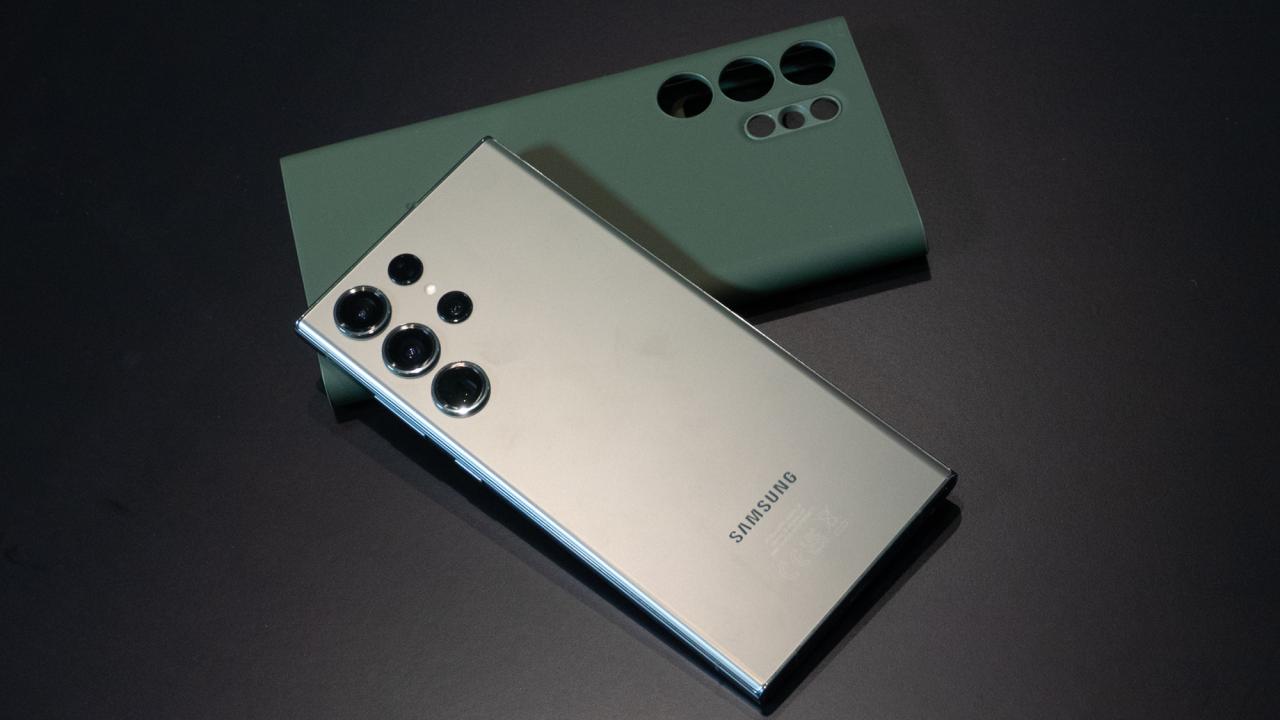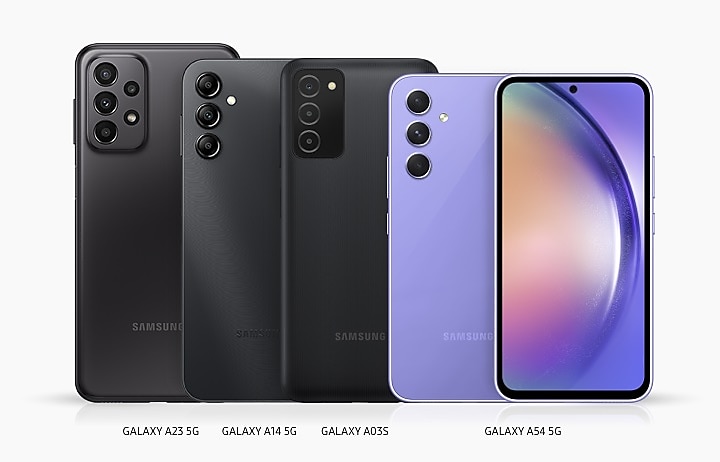samsung galaxy note 7 stands out as a significant chapter in smartphone history, capturing attention not just for its innovative features but also for the controversies that surrounded it. Launched with high expectations, this flagship device boasted a stunning design, impressive specifications, and a user-friendly interface that set it apart in a competitive market. However, its legacy is marred by serious safety concerns that sparked global conversations about product reliability and consumer trust.
The Note 7 introduced several noteworthy features, including a vibrant display, advanced camera capabilities, and the S Pen that enhanced its productivity appeal. Despite its initial success, the device faced immense scrutiny due to reported battery issues that led to overheating and fires, prompting a historic recall. This Artikel delves into the dual-edged nature of the Samsung Galaxy Note 7, exploring its specifications, the safety crisis, competitive landscape, and the lasting impact on future smartphone designs.
Overview of Samsung Galaxy Note 7

The Samsung Galaxy Note 7 was introduced as a flagship device that combined advanced technology with a sleek design, aiming to cater to power users and enthusiasts alike. Unveiled in August 2016, it was positioned as a premium smartphone, packed with features that enhanced productivity and user experience.
The Galaxy Note 7 showcased impressive specifications, including a 5.7-inch Super AMOLED display with a resolution of 1440 x 2560 pixels, delivering vibrant colors and deep contrasts. It was powered by either the Qualcomm Snapdragon 820 or Samsung’s Exynos 8890 processor, depending on the region, coupled with 4GB of RAM. Storage options included 64GB internal capacity, expandable via microSD. The device also featured a robust 12MP rear camera with dual pixel technology for faster autofocus, and a 5MP front-facing camera, making it a solid choice for photography enthusiasts. A notable enhancement was the inclusion of the S Pen stylus, which offered new functionalities, such as screen off memo and smart select, catering to users who valued precision in note-taking and creative tasks.
Design and User Interface
The design elements of the Galaxy Note 7 were a substantial upgrade over its predecessors. It featured a glass and metal construction that provided a premium feel, with a dual-edge curved display that not only looked stunning but also facilitated easier navigation. The device was available in attractive color options, including Black Onyx, Silver Titanium, and Gold Platinum.
The user interface was built on Samsung’s TouchWiz, which provided a highly customizable experience. Users could modify their home screens, choose themes, and integrate various widgets for ease of access. The device also introduced a robust security feature with an iris scanner, allowing users to unlock their phones and authenticate purchases with a glance.
Release Timeline and Market Response
The Galaxy Note 7 was officially announced on August 2, 2016, and became available for purchase on August 19, 2016. Initially, the reception was overwhelmingly positive, with reviewers praising its design, display, and enhanced features. However, the joy was short-lived as reports of battery-related issues began to surface, leading to a series of recalls.
Samsung responded proactively by issuing a recall on September 1, 2016, urging customers to return their devices. Despite attempts to rectify the situation with replacement units, the issues persisted, leading to a complete discontinuation of the Note 7 on October 11, 2016. This decision resulted in one of the largest recalls in tech history, with Samsung estimating a cost of $5.3 billion due to the crisis.
The Galaxy Note 7 remains a significant chapter in smartphone history, highlighting the importance of quality control and the impact of design and innovation on consumer trust.
Battery Issues and Safety Concerns

The Samsung Galaxy Note 7, while initially celebrated for its innovative features and sleek design, became infamous due to serious battery issues that led to safety concerns. Reports of battery overheating, swelling, and even fires prompted urgent action from Samsung, impacting consumer trust and the brand’s reputation significantly.
The battery issues primarily stemmed from the lithium-ion batteries used in the Galaxy Note 7. Incidents were reported worldwide, with some users experiencing their devices catching fire while charging or even spontaneously combusting while in use. The situation escalated quickly, leading to the eventual decision by Samsung to initiate a recall of the device.
Incidents of Overheating and Fires
The incidents related to the Galaxy Note 7 posed critical safety risks. Over a 30-day period, various reports emerged detailing the dangers associated with the device, including:
- In August 2016, a Note 7 caught fire in a user’s pocket, resulting in burns.
- A Colorado man reported that his device exploded while charging overnight, leading to property damage.
- Airline safety incidents arose, with passengers being warned against using the device during flights due to potential fire hazards.
These alarming occurrences raised immediate concerns regarding the quality control measures in place for the device’s battery production.
Measures Taken by Samsung
In response to the mounting safety concerns, Samsung took decisive action to address the issues and reassure consumers. The company implemented a series of measures, including:
- A global recall of approximately 2.5 million devices, urging users to return their Note 7s for a full refund or exchange.
- Enhanced safety protocols, including a revised battery testing process that involved multiple quality checks, ensuring safer manufacturing standards.
- Collaboration with third-party safety organizations to independently verify the safety of the revised batteries in replacement devices.
These steps were crucial in restoring some degree of confidence among consumers and the market.
Impact on Consumer Trust
The recall process and subsequent safety measures had a profound impact on consumer trust in the Samsung brand. Initial reactions from customers were marked by confusion and disappointment, as many had invested in a device that was marketed as revolutionary.
The fallout from the battery issues led to:
- A significant drop in sales, with Samsung reporting a 96% decline in Note 7 shipments during the recall period.
- Increased scrutiny of Samsung’s manufacturing processes, which prompted the company to reevaluate its approach to product safety.
- Long-lasting effects on brand loyalty, as some consumers shifted their loyalty to competitors in light of safety concerns.
Samsung’s efforts to mitigate the damage included public apologies and transparent communication about the safety measures taken, but regaining consumer trust proved to be a challenging process in the aftermath of this incident.
Competitor Comparison
The Samsung Galaxy Note 7 was launched in 2016 amidst fierce competition in the smartphone market. At the time, several flagship devices were vying for consumer attention, each with unique features and capabilities. Analyzing the Note 7 against its competitors helps to understand its position and the impact it had on future smartphone designs.
The Note 7 faced strong competition from devices like the Apple iPhone 7 Plus, Google Pixel, and LG V20. Each of these smartphones offered distinct advantages and drawbacks, contributing to a diverse marketplace.
Comparison with Major Competitors
The Galaxy Note 7’s strengths and weaknesses can be illuminated by comparing it to its primary rivals. Below are key features and characteristics that highlight how the Note 7 stood against its competitors:
- Display: The Note 7 featured a stunning 5.7-inch Super AMOLED display with QHD resolution. This high-quality display was well-regarded compared to the iPhone 7 Plus’s Retina HD display, which, although vibrant, did not match the sharpness and color depth of Samsung’s offering.
- Camera: The dual-camera system on the iPhone 7 Plus brought advanced photography capabilities, including optical zoom. However, the Note 7’s camera was noted for its low-light performance and fast autofocus, making it a strong competitor in everyday photography.
- Stylus Integration: With the S Pen, the Note 7 provided a unique experience that was unmatched by its competitors. The precision and functionality of the stylus appealed to professionals and creatives seeking enhanced productivity.
- Battery Life: While the Note 7 was equipped with a robust 3,500mAh battery, the infamous battery issues overshadowed this strength. In contrast, the iPhone 7 Plus and Google Pixel had more reliable battery performance, allowing for longer usage without the safety concerns that plagued the Note 7.
- Software Experience: Running on Android with Samsung’s TouchWiz UI, the Note 7 offered customization options that appealed to many users. The iPhone 7 Plus, with iOS, provided a more streamlined experience, but some users preferred the flexibility of Android devices like the Note 7.
The design and features of the Note 7 have influenced subsequent smartphone models significantly. The introduction of the Infinity Display concept set a new standard for screen design. Manufacturers began to adopt edge-to-edge displays, enhancing the visual experience of smartphones across the board. The integration of advanced stylus capabilities has also prompted rival brands to explore similar features, catering to a niche market of users seeking added functionality.
The Note 7’s impact on the smartphone landscape extended beyond its immediate competitors, prompting innovations and design changes in devices released in the years following its launch. As a result, it remains a notable reference point in discussions about the evolution of smartphone design.
Legacy and Impact on Future Devices

The Samsung Galaxy Note 7 incident, characterized by battery fires and widespread recalls, left an indelible mark on the smartphone industry. This event not only affected Samsung’s reputation but also transformed the landscape of product development and safety protocols across the tech sector. In the wake of the Note 7 crisis, Samsung undertook significant changes, reinforcing its commitment to safety and innovation in future devices.
The fallout from the Note 7’s issues prompted Samsung to implement rigorous safety measures and product testing protocols. The establishment of an enhanced battery safety program was crucial, leading to the introduction of multi-layer safety checks and a comprehensive eight-point battery safety check process. This system was designed to minimize risks and ensure that future devices would not experience similar issues. Additionally, the company adopted a more transparent approach, focusing on consumer communication regarding safety practices and product reliability.
Consumer Expectations for Smartphone Safety, Samsung galaxy note 7
The Note 7 incident has profoundly influenced consumer expectations regarding smartphone safety. Users today are more aware and informed about potential hazards associated with lithium-ion batteries, leading to an increased demand for transparency and accountability from manufacturers.
The following points highlight the shift in consumer expectations post-Note 7:
- Increased Demand for Transparency: Consumers now expect detailed information regarding battery safety and testing processes from manufacturers.
- Heightened Safety Standards: Users consider safety certifications and recalls as critical factors when choosing devices, impacting purchasing decisions.
- Consumer Advocacy: The incident has fostered greater advocacy for stricter safety regulations in the tech industry, pushing companies to prioritize safety in their product development.
Evolution of Features in Subsequent Note Series
The legacy of the Note 7 extends beyond its safety issues; it also influenced the evolution of features in the Note series. Each subsequent iteration has adopted and adapted advanced technologies while ensuring safety remains a priority.
Notable advancements in the features of the Note series include:
- Improved Battery Technology: Following rigorous testing and assessments, newer models have incorporated safer batteries, enhancing longevity and performance without compromising safety.
- Enhanced S Pen Features: The S Pen has seen numerous innovations, including air gestures and improved precision, making it a central feature of the Note lineup.
- Advanced Software Capabilities: Newer models have introduced refined multitasking abilities and productivity tools, catering to the needs of power users while ensuring a seamless experience.
- Stronger Design and Durability: Subsequent iterations have focused on robust materials and water resistance, addressing user concerns over device durability.
The Note 7 incident not only reshaped Samsung’s approach to safety and development but also set a new standard for the industry, ensuring that consumer safety remains at the forefront of technological innovation.
Key Questions Answered
What were the main features of the Samsung Galaxy Note 7?
The Samsung Galaxy Note 7 featured a 5.7-inch Quad HD display, a powerful Snapdragon 820 processor, a dual-pixel 12MP rear camera, an S Pen stylus, and IP68 water resistance.
Why did the Samsung Galaxy Note 7 get recalled?
The Note 7 was recalled due to battery defects that caused overheating and fires, posing significant safety risks to users.
How did Samsung respond to the Note 7 safety issues?
Samsung initiated a global recall, offered exchanges for safe devices, and implemented improved battery safety measures in subsequent products.
What impact did the Note 7 have on future Samsung devices?
The Note 7 incident led Samsung to enhance its safety protocols and quality control measures, influencing the design and manufacturing processes of later models.
How did the Note 7 compare to its competitors?
At its release, the Note 7 was competitive with other flagship smartphones like the iPhone 7 and Google Pixel, offering superior features like a stylus and a higher-resolution display, although it faced criticism for its battery issues.
The Galaxy Note 2 remains a beloved device for many tech enthusiasts due to its innovative features at the time of release. With its large display and stylus capabilities, it paved the way for future phablets, blending convenience and performance. Users appreciate its solid build quality and multitasking abilities, making it a standout choice even years later.
Understanding the technology behind the latest models is crucial, especially when discussing the evolution of the chip iPhone. Apple consistently pushes the envelope with its chip designs, enhancing processing power and efficiency. This commitment to innovation ensures a seamless user experience, solidifying the iPhone’s position in the competitive smartphone market.